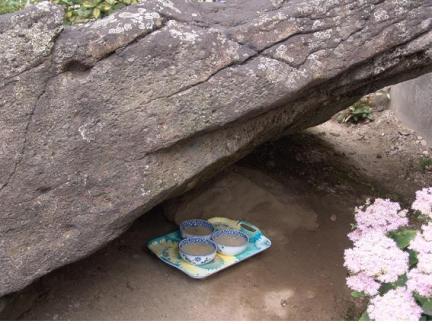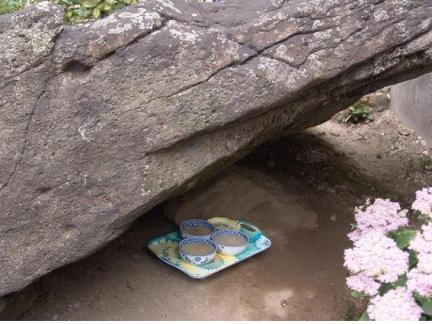국가유산 종목별 검색
경기도 기념물
연천차탄리고인돌 (漣川車灘里고인돌)Dolmen in Chatan-ri, Yeoncheon
| 분 류 | 유적건조물 / 무덤 / 무덤 / 지석묘 |
|---|---|
| 수량/면적 | 1기 |
| 지정(등록)일 | 2005.10.10 |
| 소 재 지 | 경기도 연천군 연천읍 차탄리 228-3번지 |
| 소유자(소유단체) | 연천군 |
| 관리자(관리단체) | 연천군 |


경기도 기념물
연천차탄리고인돌 (漣川車灘里고인돌)Dolmen in Chatan-ri, Yeoncheon
| 분 류 | 유적건조물 / 무덤 / 무덤 / 지석묘 |
|---|---|
| 수량/면적 | 1기 |
| 지정(등록)일 | 2005.10.10 |
| 소 재 지 | 경기도 연천군 연천읍 차탄리 228-3번지 |
| 소유자(소유단체) | 연천군 |
| 관리자(관리단체) | 연천군 |

ⓒ 2000. CULTURAL HERITAGE ADMINISTRATION. ALL RIGHTS RESERVED.



 국가유산
국가유산


